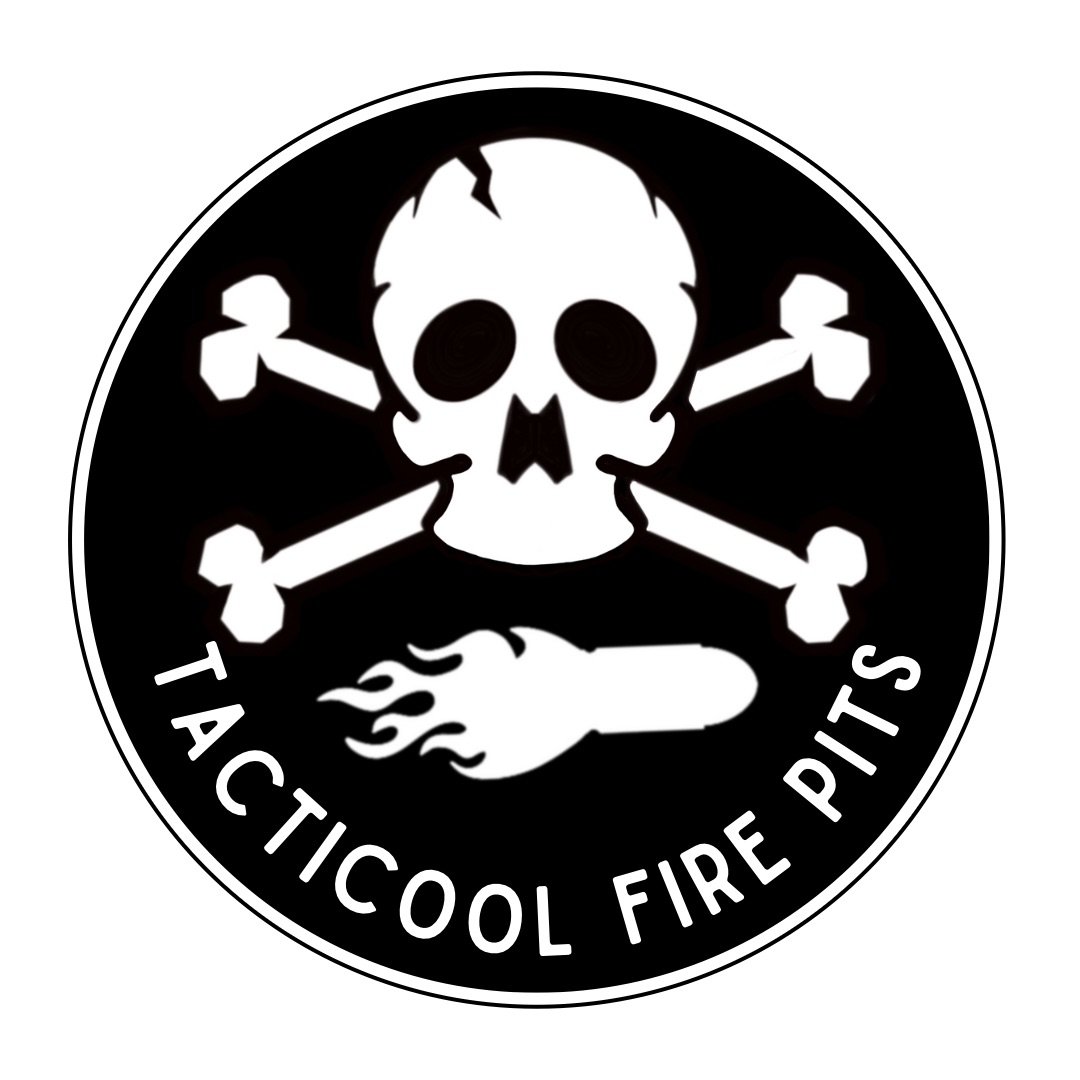Is a propane fire pit safe for camping?
Surprisingly enough, we get questions like this a lot. Is it safe for camping? The easy answer is, yes, a portable propane fire pit is the safest version of a campfire you can ask for. But lets dive a little deeper:
What is propane? And whats happening inside a propane tank?
Generally, propane is a type of hydrocarbon gas, specifically a byproduct of natural gas processing and petroleum refining. Inside a propane tank, the propane exists in a liquid state due to the high pressure inside the tank. When the valve of the tank is opened, some of the liquid propane turns into vapor, which is then released as gas through the valve. This gas is what's used to power your TactiCool Ammo Can fire pit.
So is propane safe?
Propane is safe due to its narrow flammability range, non-toxic nature, and low carbon monoxide emissions. Tanks are built to high safety standards with features like pressure relief valves, and odorants are added for leak detection. When handled properly, propane is a reliable and safe energy source.
Why is propane the safer alternative for camping?
Propane fire pits like the TactiCool Ammo Can Fire Pits are favored for camping due to their inherent safety features. We designed our fire pits to offer instant ignition and shutdown, providing a safer option for outdoor ambiance and warmth during camping trips. Unlike traditional wood fires, propane fire pits eliminate the risks associated with sparks, flying embers, and uncontrolled flames, making them a reliable and safe choice for enjoying the outdoors.
Can I use my propane fire pit during burn bans?
During burn bans, regulations typically restrict the use of outdoor burning, including open flames like those from wood fires. However, propane fire pits are often exempt from these restrictions because they produce controlled flames with less risk of spreading or causing wildfires. It's essential to check your local regulations and guidelines during burn bans to ensure compliance, but in many cases, you can still use your TactiCool Ammo Can propane fire pit safely.
The United States Forest Service (USFS) typically implements fire restriction levels to manage fire risk and protect public safety in national forests and grasslands. These levels may vary slightly depending on the region and current conditions, but they generally include:
Stage 1 Fire Restrictions: Stage 1 restrictions usually involve limitations on certain activities, such as campfires, smoking, and the use of certain equipment like chainsaws, especially during specific times of the day. Some areas might also restrict where camping is allowed.
Stage 2 Fire Restrictions: Stage 2 restrictions are more stringent and often prohibit activities such as campfires, charcoal grills, and smoking entirely, except in designated areas. Additionally, the use of equipment like chainsaws and off-road vehicles may be restricted.
Stage 3 Fire Restrictions: Stage 3 restrictions are the most severe and may include closures of entire areas to public access. This level is typically enacted during extreme fire danger conditions or when active wildfires are present.
These restriction levels are implemented based on factors such as weather conditions, fuel moisture levels, and the potential for human-caused fires. It's crucial for individuals to adhere to these restrictions to help prevent wildfires and protect both lives and property.
During Stage 2 fire restrictions, the use of propane fire pits may still be allowed in some areas, but with certain limitations and precautions. These restrictions typically include:
Prohibitions on open flames: Stage 2 restrictions often prohibit the use of open flames, including campfires and outdoor burning. However, propane fire pits, which have controlled flames, may be exempt from this restriction in certain designated areas.
Designated areas: If propane fire pits are allowed during Stage 2 restrictions, they may only be permitted in specific areas equipped with fire-resistant surfaces, such as campgrounds or designated fire pits.
Regulations on use: Even if propane fire pits are allowed, there may still be regulations in place regarding their use. For example, users may need to ensure that the fire pit is equipped with a spark arrestor or screen to prevent sparks from escaping.
Compliance with local guidelines: It's essential to check with local authorities or the managing agency of the area you plan to visit for specific restrictions and guidelines regarding the use of propane fire pits during Stage 2 fire restrictions. Compliance with these regulations is crucial to prevent wildfires and ensure public safety.
In conclusion, portable propane fire pits offer a safer alternative for camping and outdoor activities compared to traditional campfires. Propane's clean-burning nature, strict safety standards, and compliance with fire restrictions make it an ideal choice. While enjoying the outdoors with a propane fire pit, it's crucial to adhere to local regulations and guidelines to prevent wildfires and ensure safety for all campers.

